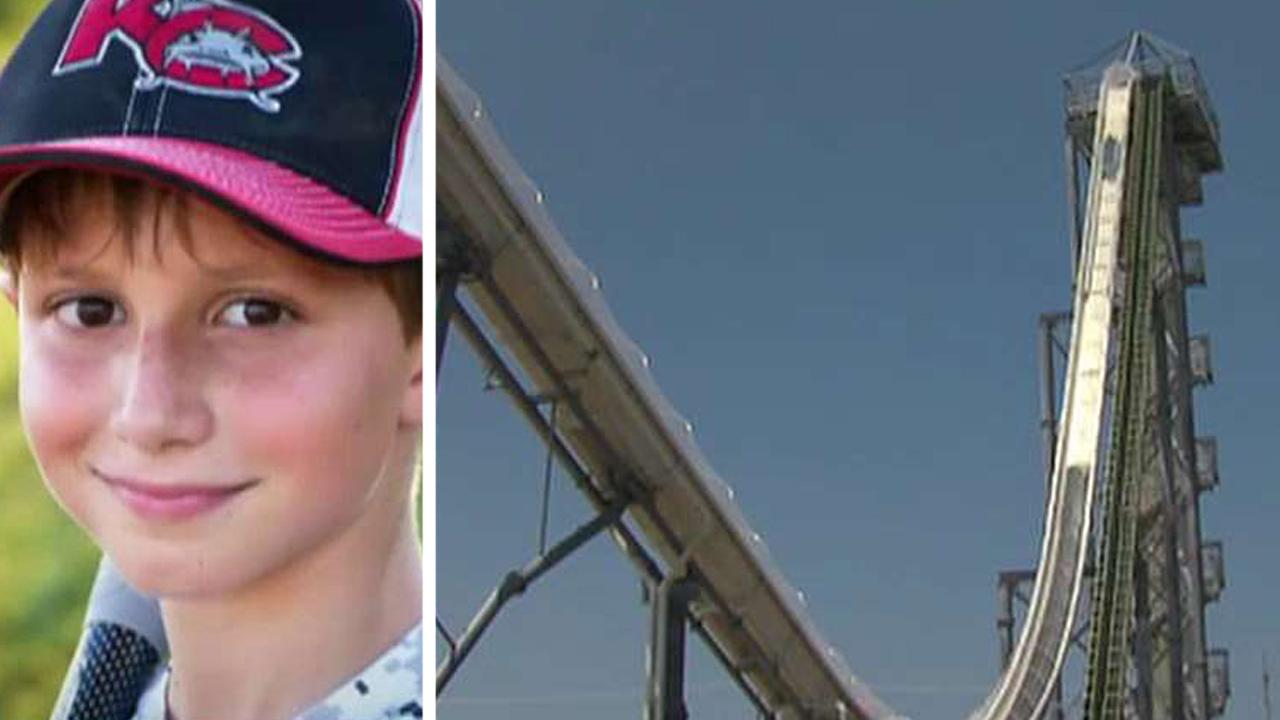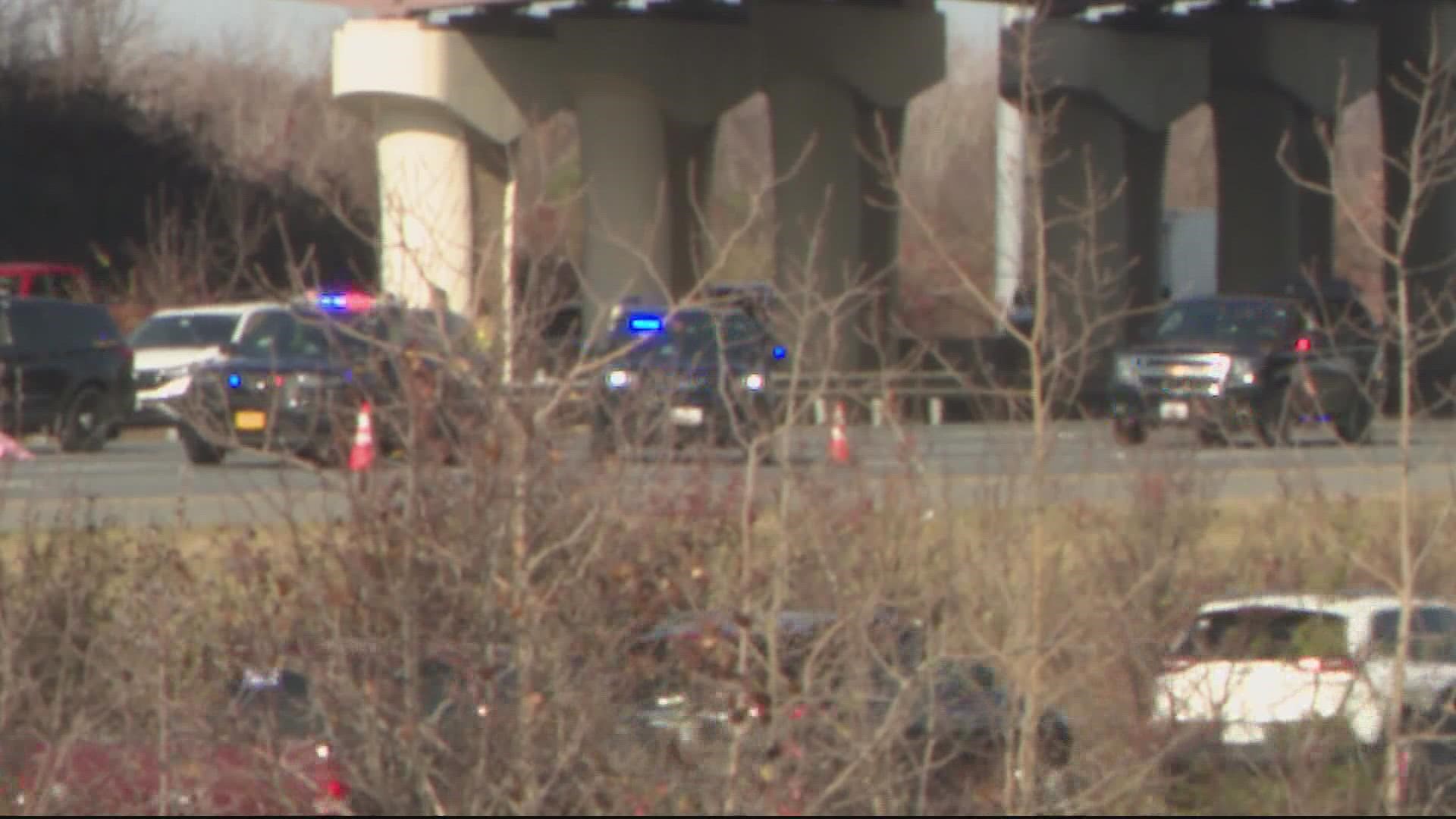Boy hit by drone – it’s a chilling scenario, but unfortunately, a growing possibility in our increasingly drone-filled skies. This isn’t just a hypothetical; we’ll explore the real-world dangers, from the mechanics of a collision to the legal ramifications and steps we can all take to prevent such accidents. We’ll look at everything from the types of drones involved and the potential injuries a child might sustain to the crucial safety measures needed to protect both drone operators and the public.
This exploration will delve into the potential for serious injury, the legal responsibilities of drone operators, and the crucial role of public awareness and education. We’ll examine the technology involved, potential safety features, and explore preventative measures, providing a comprehensive understanding of this emerging safety concern.
A Boy Hit by a Drone: Understanding the Risks and Implementing Safety Measures

The increasing popularity of drones presents both exciting opportunities and potential dangers. One concerning aspect is the risk of accidents involving drones and people, particularly children. This article examines a hypothetical scenario of a boy being hit by a drone, exploring the incident, potential injuries, legal ramifications, safety measures, public awareness, and technological advancements aimed at preventing such accidents.
The Incident: Describing the Event
Several factors could lead to a child being struck by a drone. These include operator error (loss of control, poor situational awareness), malfunctioning drone components (propeller failure, GPS issues), or unforeseen circumstances (strong winds, unexpected obstacles).
So, a boy got hit by a drone, right? It makes you think about the safety risks involved, especially with larger drone operations. This is why news of a major drone show crash is so concerning; it highlights the potential for things to go wrong, even with professional displays. The incident with the boy underscores the need for stricter regulations and better safety protocols for all drone use, big or small.
Drones involved could range from small, lightweight consumer models weighing a few hundred grams to larger, heavier commercial drones weighing several kilograms. Features like powerful motors, sharp propellers, and potentially even carrying payloads contribute to the potential severity of impact.
Imagine ten-year-old Alex playing in his backyard. A large commercial drone, possibly carrying a camera, suddenly loses control due to a software glitch. The whirring of its propellers grows louder, the shadow of the drone looms larger above him. A sudden gust of wind pushes the drone off course. The impact is jarring; a sharp pain explodes in his arm as the drone falls, its metallic frame scraping against his skin.
The world spins, the drone’s hum fading into a ringing in his ears. The taste of dirt fills his mouth as he falls to the ground.
| Time | Action | Location | Boy’s Reaction |
|---|---|---|---|
| 2:30 PM | Alex plays in backyard | Backyard, near trees | Happy, playing normally |
| 2:32 PM | Drone approaches | Above Alex | Notices the drone, looks up |
| 2:33 PM | Drone loses control | Above Alex | Fear, surprise |
| 2:33 PM | Drone hits Alex | Backyard | Sharp pain, falls to the ground |
Injuries and Medical Aspects
Injuries from a drone impact can vary significantly depending on the drone’s size, weight, speed, and the point of impact. Potential injuries range from minor abrasions and bruises to severe lacerations, fractures, head injuries, and even internal organ damage.
Immediate medical response is crucial. First aid should focus on stabilizing the injured area, controlling bleeding, and preventing further injury. In case of a head injury, maintaining airway patency and monitoring for signs of concussion are vital.
A small, slow-moving drone hitting a limb might cause minor bruising. Conversely, a larger, high-speed drone impacting the head could result in life-threatening injuries. The point of impact is equally important; a direct hit to the head is far more dangerous than a glancing blow to the leg.

Legal and Regulatory Ramifications

The legal liabilities of drone operators involved in accidents causing injury are significant. Laws and regulations regarding drone operation, registration, and safety vary by jurisdiction but generally place responsibility on the operator to ensure safe operation. Negligence, recklessness, or violation of existing regulations can lead to legal action.
Several cases involving drone accidents have resulted in legal proceedings, with outcomes ranging from settlements to criminal charges. The severity of the injuries and the degree of operator negligence are key factors determining the outcome.
- Civil lawsuits for damages
- Criminal charges (reckless endangerment, assault)
- Suspension or revocation of drone operating licenses
- Financial penalties
Safety Measures and Prevention
Preventing drone accidents requires a multi-pronged approach involving responsible operation by drone pilots and awareness among the public. Operators should always maintain visual line of sight with the drone, avoid flying near people or crowds, and thoroughly check equipment before each flight.
Drone registration and licensing are important for accountability and ensuring operators are aware of safety regulations. Strict adherence to local regulations and airspace restrictions is essential.
- Always maintain visual line of sight.
- Avoid flying near people or crowds.
- Check weather conditions before flight.
- Register and license your drone as required by law.
- Follow all airspace restrictions.
- Be aware of your surroundings.
Public Awareness and Education

Raising public awareness about drone safety is vital in preventing accidents. Public service announcements (PSAs) can effectively communicate the potential dangers, especially to children. Educational programs in schools can teach children about drone safety, responsible behavior around drones, and what to do if they encounter a drone.
A hypothetical school program could include interactive presentations, videos, and discussions on drone technology, safe practices, and emergency procedures. Role-playing scenarios could help children understand how to react in various situations.
So, a boy got hit by a drone, right? It makes you think about how common these things are becoming. Incidents like that highlight the potential dangers, especially when you consider larger-scale events; for instance, check out this news report on a drone crash in Paris – it really shows how a malfunctioning drone can cause serious problems.
The boy’s injury, while unfortunate, underscores the need for better drone safety regulations and operator training.
Technological Advancements and Safety Features, Boy hit by drone
Technological advancements are playing a crucial role in enhancing drone safety. Features like obstacle avoidance systems, geofencing, and automatic return-to-home functions can significantly reduce the risk of accidents. Advanced sensors and AI-powered flight control systems are continuously being developed to further enhance safety.
Examples include drones equipped with sensors to detect obstacles and automatically adjust flight paths, systems that restrict flight to designated areas, and technologies that allow the drone to automatically return to its starting point if communication is lost.
Outcome Summary: Boy Hit By Drone
The increasing prevalence of drones necessitates a proactive approach to safety. Understanding the potential dangers, from the physical impact of a drone collision to the legal consequences of negligence, is paramount. By implementing preventative measures, promoting public awareness, and embracing technological advancements, we can work towards minimizing the risks and ensuring the safe integration of drones into our communities.
Ultimately, protecting children from the dangers of uncontrolled drones requires collective responsibility and ongoing vigilance.
FAQ Compilation
What is the average weight of a drone that could cause significant injury?
Even relatively small drones, depending on speed and impact point, can cause injury. Larger drones, naturally, pose a much greater risk.
A boy getting hit by a drone is a serious safety concern, highlighting the potential risks of these increasingly popular devices. This incident makes you think about larger-scale accidents, like the ones detailed in this report on a drone show accident , where things went wrong on a much bigger scale. Understanding these larger incidents helps us learn how to prevent similar mishaps, ensuring the safety of everyone, especially children, around drones.
Are there specific laws about flying drones near children?
While specific laws vary by location, most jurisdictions emphasize responsible drone operation in populated areas, including keeping a safe distance from people. Ignoring this can lead to legal repercussions.
What should I do if I see a drone flying dangerously close to people?
Note the drone’s appearance (if possible), location, and time. Report it to the relevant authorities (e.g., local police or aviation authorities). If it’s immediately dangerous, warn people in the area.
What kind of insurance should a drone operator carry?
Liability insurance is highly recommended for drone operators, as it can cover potential damages or injuries caused by their drone.